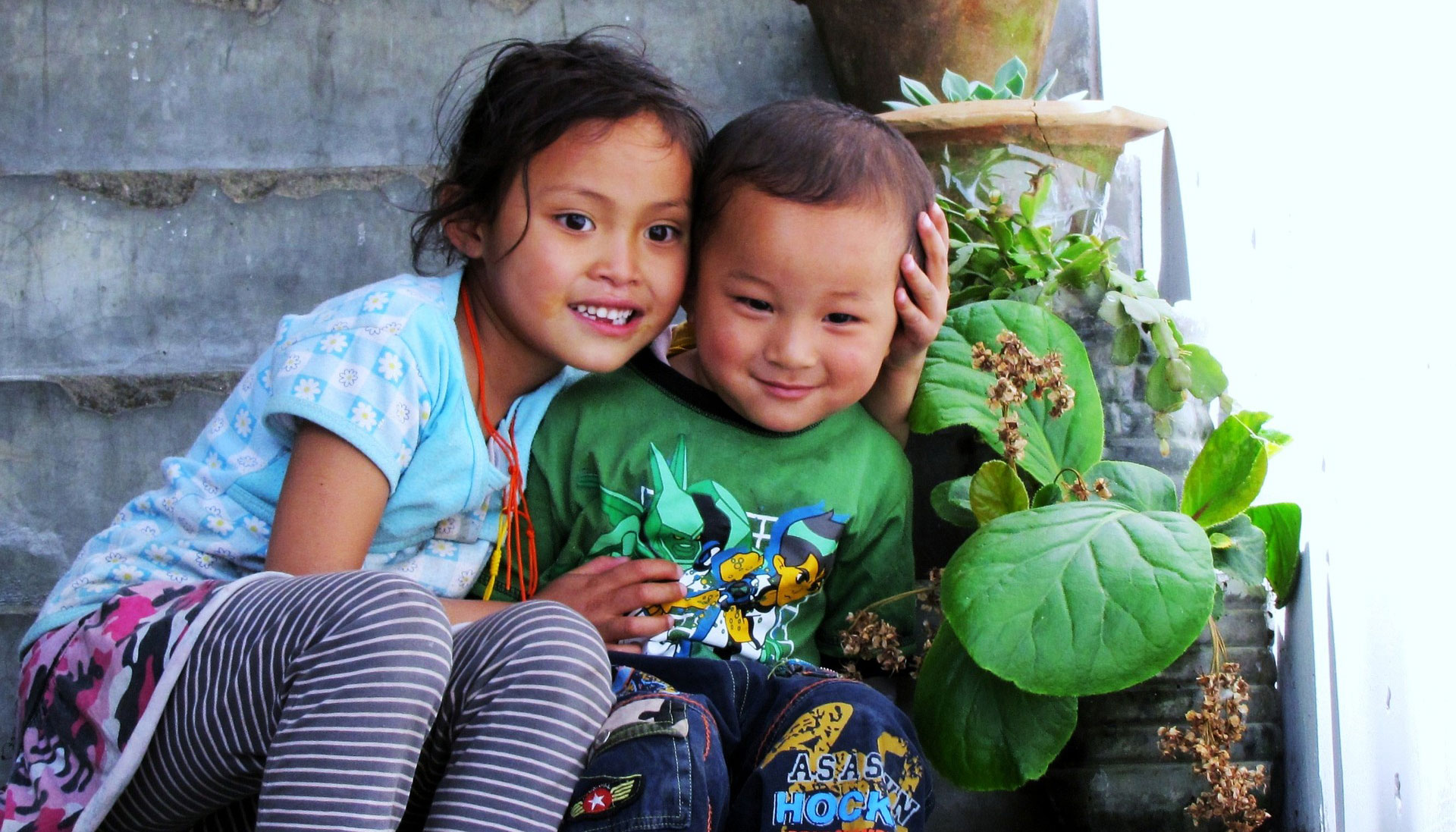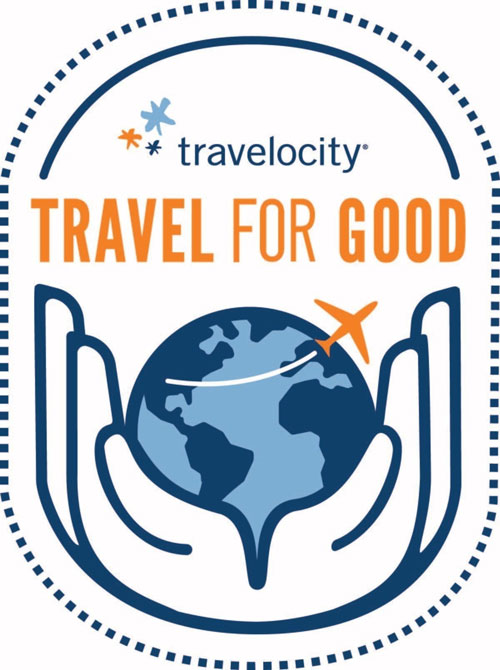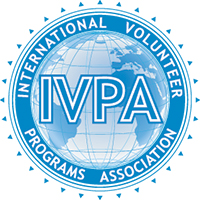Globe Aware volunteers are well aware that traveling during the holiday season is chaotic! But going in prepared can make your journey as smooth and stress-free as possible. Take a deep breath in and read on for a few holiday travel tips for the busiest time of year.
11 Family Travel Tips Every Parent Should Know
Advice from globe-trotting editors, flight attendants, and industry experts who have seen and survived it all.
Oh, to have a time machine so we could tell our past selves about the challenges—and triumphs!—that came on the road as traveling parents. We would warn against bringing giant suitcases and Play-Doh on the plane; remember how many new friends were made in playgrounds around the world; and recall that there are worse things in life than a crying baby. Thankfully, we’ve learned from our mistakes and come here with family travel tips, tricks, and a whole lot of encouragement for those heading out on the road with younger travelers. This list is never going to be complete or exhaustive—every kid is different. For families traveling with children with disabilities, it’s also encouraging to see the advancements being made to make travel more accessible—and hopefully, ultimately, a bit easier and more fun for everyone.
Here are 11 essential family travel tips from well-traveled parents in the AFAR community.

Be flexible and embrace the unexpected
It’s known that kids thrive on routine. That’s why so many families develop bedtime rituals and daily schedules to get their kids to follow good eating, sleeping, and behavioral habits (in theory, at least). When you’re on the road, though, keeping to a schedule becomes a lot more challenging, if not impossible—and that’s OK. Remember that this is a vacation for you and your kids, and rules are meant to be stretched, if not broken. It’s a well-known adage that screen time rules don’t apply in transit; pizza and chicken fingers are two key food groups; naps and meals may happen at irregular times; and staying up late/sleeping in are all part of “embracing the jet lag.” Speaking of . . .
Lean into jet lag during the trip—and give yourself a “jet lag buffer” when you return home
Many travelers make it a priority to get on local time, pushing through the jet lag with exposure to sunlight, a brisk walk, and no naps. Instead, we prefer to see where the jet lag takes us. One of the more favorable time zone changes comes when you fly east from the USA to Europe; that six- to seven-hour difference is the sweet spot. Take an overnight flight and land early morning local time. Ask for early check-in a few weeks in advance; if they grant it, settle in (shower, unpack, let the kids claim their space, maybe even nap!). Even if you don’t get out the door to explore until early afternoon, young kids will stay awake for one of those rare dinners out. Everyone goes to bed a little later, wakes up a little later, and it starts to feel downright luxurious.
As you might expect, the return to routine is a rougher road traveled. If schedules allow, give yourself at least one day per hour of time zone difference to get over the jet lag fully. “Ha!” you might say. “I don’t have a week to get over a week’s vacation!” Fair enough. Just try not to overcommit to activities during that first week back—sleep may be elusive. If you went halfway around the world (pushing 14- to 16-hour differences), expect everyone to be tiny nocturnal creatures for at least five days after returning.
Try to focus on the essentials and not overpack
Tony Dong has been a Delta Air Lines flight attendant since 2011 and is a father to a preschooler (in short: he gets it). In our AFAR story “A Flight Attendant’s Tips for Flying with Kids,” he unpacks a lot of wisdom, like: “No matter how hard we try to anticipate all the needs that might arise, traveling with kids teaches parents how to quickly improvise and change course.” Expect to forget something and have to visit a local grocery store. It’s part of the fun of exploring a new neighborhood—“living like a local,” as they say. Diapers are diapers pretty much everywhere you go. The novelty of discovering new gadgets and gizmos, snacks and treats may even delight your kids more than some of the standbys from home.
That doesn’t mean you should bring, well, nothing. Dong says parents should “definitely bring toys,” whether that means an iPad (and headphones) or a device loaded with your kid’s favorite shows; chapter books or beloved picture books you can read again and again; a Polaroid and journal for older kids; and something that reminds them of home, like a familiar blanket, small pillow, or stuffed animal.
Foster a sense of independence by giving kids their own backpack or suitcase
Once the kids are old enough, have them pack and carry their own little backpack or suitcase—trust us, they’ll be so excited and proud of it, there will likely be little resistance. Another incredibly fun option: a ride-on suitcase, like the JetKids by Stokke. Not only does this absolve parents of having to carry their kids’ things, it absolves parents of also having to carry their kids—win-win. If you’re running late for a flight, kids can move a lot faster on a ride-on suitcase than they can with their own two legs. It’s like having a scooter in the airport (but try to make sure they don’t run into any unassuming airport passengers). We also suggest investing early in some of this genius family travel gear—you’ll get greater mileage out of it.
The overpacking exception: emergency snacks
OK, this goes a bit against the “don’t overpack” philosophy but can be helpful if you have a picky eater. On a recent multigen trip to Poland and Romania, Michelle filled a suitcase with her four-year-old daughter’s go-to foods: Cheerios, Hawaiian rolls, even some shelf-stable milk. She admits, “I never thought I would be this parent. I always thought I’d be like, ‘We’re gonna find things to eat, [and you’ll] like it.’ But you know what? I just need some peace of mind to know I have some things that will keep [my picky eater] alive for two weeks and stave off fits. It was perfect. We went with an extra suitcase with a bunch of snacks; ate our way through them; and had a souvenir bag for the way back.”
Michelle’s daughter did eventually find some snacks abroad to satisfy her cravings—turns out they have Philadelphia cream cheese in Eastern Europe and that a person can eat that with pretzels for breakfast, lunch, and dinner for days on end. Who knew?
Book travel at least three months in advance
We all procrastinate or wait for last-minute deals. But the longer you wait, the narrower your choices. The best time to book your airline tickets? “I generally find that at three months in advance, seat assignments usually still have good options,” says Brett Snyder, founder and author of the airline industry blog crankyflier.com, in our article on keeping families together on a flight. The same holds true for lodging: the earlier you book, the more options you’ll have, like adjoining rooms in hotels or Airbnbs with the necessary amenities (such as the all important pool).
Avoid Basic Economy
The Basic Economy fares on major airlines may be cheaper, but they come with a cost: the right to choose a seat when making your reservation. “The easiest way to solve the issue is to pay the premium,” says Rainer Jenss, president of the Family Travel Association, an industry group focused on family-friendly travel. “If you can afford to spend a little extra, you’ll have a better chance of keeping your family’s seats together.”
Book window and aisle seats
Think of it as a game of Monopoly where you scoop up the desirable real estate to use later for bargaining. If you can’t book a cluster of seats together, reserve as many aisles and windows as possible so fellow passengers will be more apt to trade, says Kristin Maxwell of family travel blog Kids Are A Trip. “Having a decent seat to swap is always easier,” she said. “Even the most sympathetic travelers won’t want to trade you for a middle seat.”
When in doubt, take a road trip
Sometimes flying isn’t an option—perhaps it’s cost prohibitive, or in AFAR deputy editor Tim Chester’s case, the kids outnumber the adults, making parenting on a flight so much harder. “If I had to choose, I much prefer driving,” he says on a recent AFAR Travel Tales podcast about family travel. “We can stack up the car with everything they love and we’re not annoying anyone else. And if we have to stop, we can stop and take it at our own pace. I don’t feel as trapped as I do in an airplane.”
Looking for some road trip inspiration? Head out to one of our favorite National Parks to explore with kids. And check out our list of the 21 best road trips in the U.S.
Don’t dismiss “kid-friendly” accommodations
Trust us: happy kids, happy parents. We recently compiled a list of hotels and resorts around the world with some of the most impressive kids clubs that will give everyone in your crew a bit of a break. There’s also a whole range of hotels rolling out the welcome mat for kids with amenities and experiences designed for children of all ages—everything from all-day dining menus just for kids at Pendry hotels to guided tide-pool exploration at the Four Seasons Resort Hualālai.
It’s never too early to start traveling with kids
“When my son, Luke, was three, my wife and I were planning to take him with us on a trip to Japan,” wrote former AFAR executive editor Jeremy Saum in 2019. “Why would you do that, my friend Lisa asked. Why spend all that money to fly across an ocean when he’d be just as happy throwing rocks in your backyard? Plus, he’s so young, he won’t remember anything. And he’ll ruin your trip.”
More than a decade later, Jeremy concedes that she was right. “But I’m still glad we did it,” he adds. “And we haven’t stopped taking him places. . . . Your old life as a traveler is gone—but you get a new one.
“For my wife and me, our memories of Japan do not include secret sake bars. Instead, we remember following a garbage truck down the street. It was blue! And so small! We remember the doorman who slipped an origami frog into our son’s little hand. We remember that same little hand ringing the bells at the Kyoto temples. We remember finding the playground on the roof of the Tokyo department store and feeding our kid the peanut butter sandwich we’d bought in a 7-Eleven.
“That’s why you fly across the ocean: Life is short, and the world is full of wonders. None of us gets to experience all of them. But there are plenty to go around, if you keep your eyes open. That’s another thing about kids, little ones especially. They don’t care what you’re ‘supposed to do’ in a destination. Everything in the world is new to them, and they decide what’s cool.”













